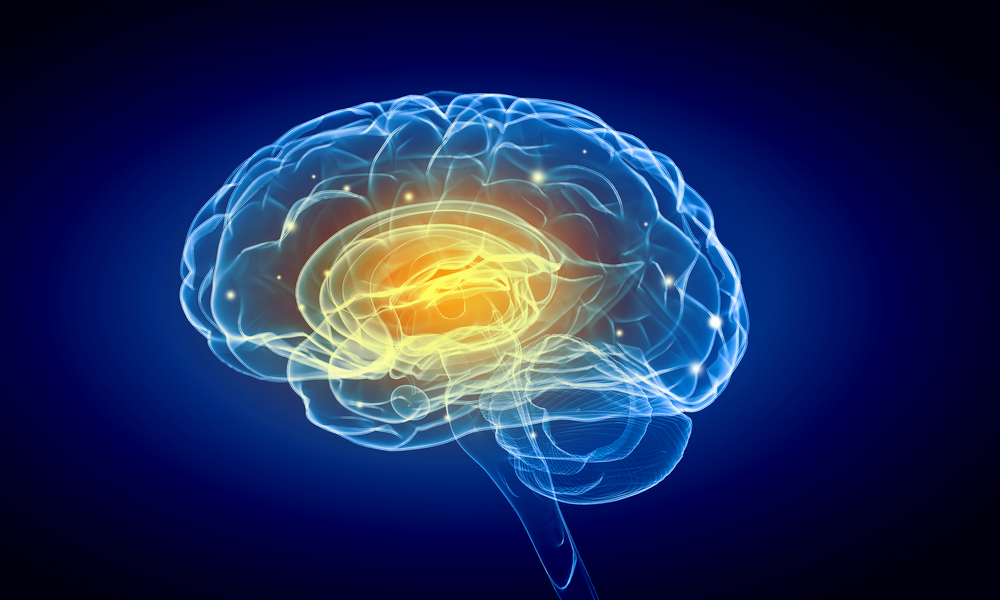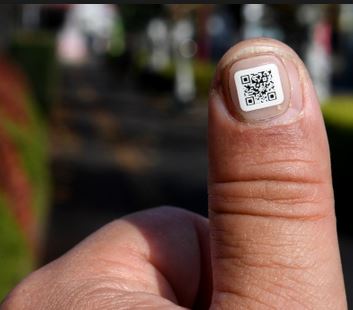Identifying Alzheimer’s
A scientific breakthrough with AI
Artificial intelligence (AI) has been used to solve complex issues in the medical field—from precisely determining medication dosages to helping doctors identify and treat cancers—for years. As the benefits of artificial intelligence used in science continue to be explored, researchers have announced a breakthrough discovery. On the heels of an alarming CDC study showing the […]






